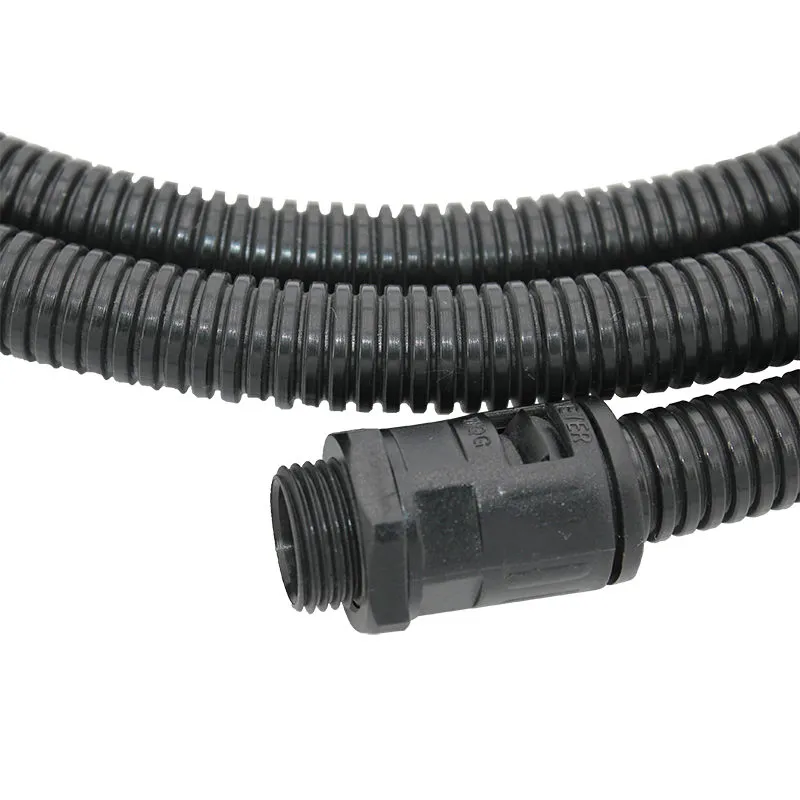Exploring Effective Solutions for Cable Management with Innovative Carrier Tray Designs and Applications
Understanding Cable Carrier Trays Efficient Solutions for Cable Management
In today's fast-paced technological environment, efficient cable management has become a critical component for many industries. One of the most effective solutions for organizing and protecting cables is the use of cable carrier trays. These trays are essential in various applications, from industrial settings to commercial buildings, providing a structured way to route and manage cables.
What is a Cable Carrier Tray?
A cable carrier tray, often referred to as a cable tray, is a type of support system designed to hold and manage cables and wires. Typically made from materials such as metal, plastic, or fiberglass, these trays are designed to provide a safe and organized pathway for wires while allowing for easy access, maintenance, and rerouting as needed. The design of cable trays simplifies the installation process, making it an attractive option for new construction as well as retrofitting existing infrastructures.
Types and Features of Cable Trays
There are various types of cable carrier trays, each suited to different applications
. The most common types include ladder trays, solid bottom trays, and perforated trays1. Ladder Trays These are named for their ladder-like structure and are ideal for supporting a large number of cables, especially in environments where heat dissipation is crucial. The open design allows for increased airflow around the cables, reducing the risk of overheating.
2. Solid Bottom Trays These trays have a solid base, making them a good choice for applications where dust and debris might pose a risk to the cables. They are often used in environments like factories and warehouses.
3. Perforated Trays Featuring holes throughout, perforated trays combine the benefits of ladder trays and solid trays. They offer ventilation while also providing some level of cable support, making them versatile for various applications.
cable carrier tray

Each type of tray also has a range of accessories, such as connectors, bends, and supports, allowing for customization based on specific installation needs.
Advantages of Using Cable Carrier Trays
The use of cable carrier trays comes with numerous advantages. Firstly, they enhance safety by preventing cable damage, which can lead to electrical hazards or downtime. A well-organized cable system minimizes the risk of cable tangling or pinching, reducing maintenance costs over time.
Furthermore, cable trays facilitate easy access to cables. This ease of access is crucial for maintenance and upgrades, allowing technicians to quickly identify and address issues without disrupting the entire cabling system. The modular nature of cable trays means that cables can be added or removed as needed, promoting flexibility in a dynamic work environment.
Another significant advantage is the potential for cost savings. Although the initial investment in cable trays may be higher than other management systems, their durability and efficiency can lead to lower long-term costs. Additionally, they can reduce installation time significantly, contributing to labor cost savings.
Applications in Various Industries
Cable carrier trays find applications in a wide range of industries, including manufacturing, telecommunications, data centers, and commercial construction. For instance, in data centers, the organized routing of cables through trays prevents overheating and maintains signal integrity. In manufacturing, they help manage the machinery’s extensive wiring, allowing for streamlined operations.
Conclusion
As technology continues to advance, the importance of efficient cable management solutions like cable carrier trays cannot be overstated. They not only improve organization and safety but also contribute to the overall efficiency of operations across various industries. Whether for new construction or upgrades to existing facilities, investing in quality cable carrier trays can lead to significant advantages, ensuring that businesses are well-equipped to handle the demands of modern technology.








